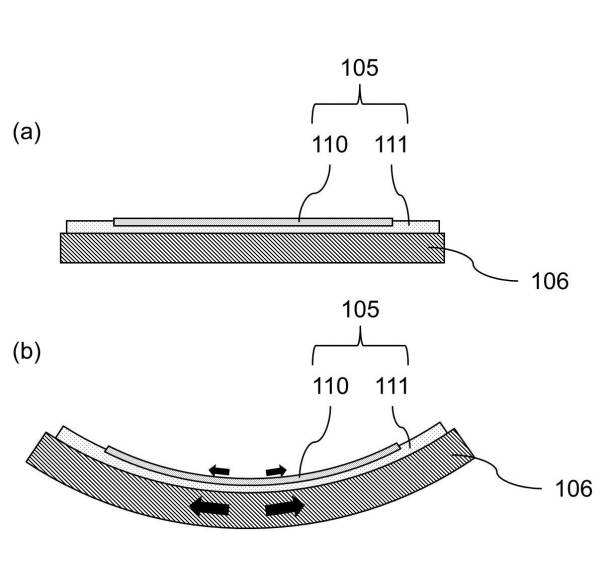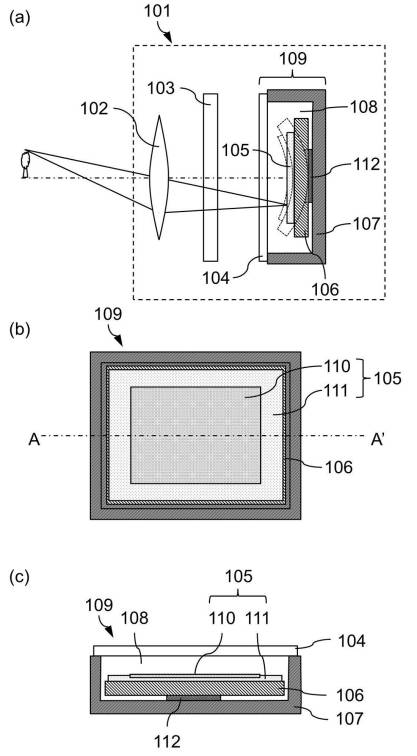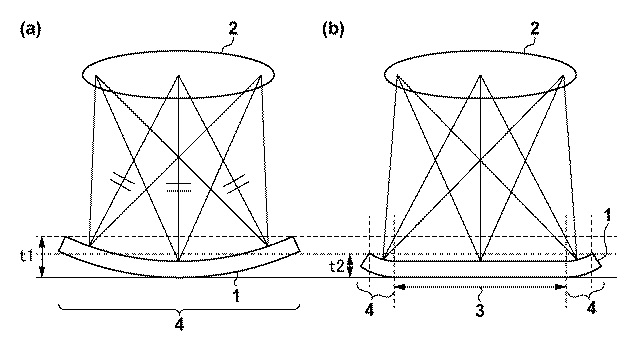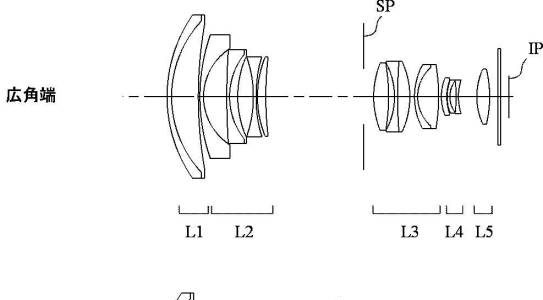Canon patent for 3.6-255mm f/2.8-7 PowerShot lens with built-in extender
Interesting Canon patent for a 3.6-255mm f/2.8-7 lens for PowerShot cameras. The interesting fact: the lens has a built-in extender. With the extender, this lens becomes a 1000mm f/10 (35mm equivalent).
- Patent publication number 2016-212210
- Publication date 2016.12.15
- Application date 2015.5.7
- Example 1
- Zoom ratio 66.07
- Focal length 3.71 10.16 245.00
- F number 2.90 4.99 7.07
- Half angle of view (degree) 40.59 20.88 0.91
- Lens total length 94.31 86.88 150.26
- BF 9.45 16.24 9.56
- Lens construction 11 groups 14 pieces
- Aspheric surface 3 surfaces 2 pieces
- UD 2
- Super UD 1
- Super telephoto (D)
- Focal length 359.99
- F number 10.39
- Half angle of view (degree) 0.62
- Lens total length 150.26
- BF 3.56
- Lens composition 13 groups 17 sheets
- Aspheric surface 3 surfaces 2 pieces
- UD 3
- Super UD 1
Excerpt from the patent literature (note: machine translated):
[Claim(s)] [Claim 1] They are a main lens system which has a focus lens system which moves on the occasion of focusing, and an optical system which has a converter lens system which expands a focal distance of the whole system,The aforementioned converter lens system is removable to space formed when the aforementioned focus lens system moves on the occasion of focusing,
When the aforementioned converter lens system has the lens part Gn of negative refracting power, and the lens part Gp of positive refracting power from the object side in order to the image side bordering on the widest air spacing in optical axis direction and a focal distance of fN and the aforementioned lens part Gp is set to fP for a focal distance of the aforementioned lens part Gn,
-9.3<fP/fN<-1.0
An optical system satisfying a becoming conditional expression.
[Claim 2] When [ of the aforementioned converter lens system ] setting a curvature radius of a lens surface on the object side to Rf and setting to Rr a curvature radius which is a lens surface on the image side most most,
2.0<(Rf+Rr)/(Rf-Rr)<100.0
The optical system according to claim 1 satisfying a becoming conditional expression.
[Claim 3] the aforementioned lens part Gn — most — a curvature radius of a lens surface on the image side — a time of setting a curvature radius of a lens surface on the object side to Rpf most of Rnr and the aforementioned lens part Gp,
-600.0<(Rnr+Rpf)/(Rnr-Rpf)<0.0
The optical system according to claim 1 or 2 satisfying a becoming conditional expression.
[Claim 4] An optical system of a description in any 1 item of Claims 1-3 characterized by comprising the following.
A positive lens of meniscus shape in which the aforementioned lens part Gn turned a concave surface to the image side in order from the object side at the object side.
Both lens surfaces comprise a cemented lens which joined a negative lens of concave shape, and, as for the aforementioned lens part Gp, the image side is a positive lens of a convex configuration. [Claim 5] The aforementioned optical system is Sk about distance of the aforementioned converter lens system when it consists of zoom lenses and equips with the aforementioned converter lens system on an optic axis which it is most on an optic axis from a lens surface on the image side to the image surface. When [ of the aforementioned main lens system when the aforementioned main lens system is not equipped with the aforementioned converter lens system in telephoto end ] setting distance on an optic axis from a lens surface on the object side to the image surface to TD most,
0.005<Sk/TD<0.060
An optical system of a description in any 1 item of Claims 1-4 satisfying a becoming conditional expression.
[Claim 6] When [ of the aforementioned focus lens system / in / the aforementioned optical system consists of zoom lenses, and / telephoto end ] setting thickness on an optic axis of SSk and the aforementioned converter lens system to CTD for distance on an optic axis from a lens surface on the image side to the image surface most,
0.50<SSk/CTD<1.40
An optical system of a description in any 1 item of Claims 1-5 satisfying a becoming conditional expression.
[Claim 7] When setting thickness on an optic axis of M and the aforementioned converter lens system to CTD for movement magnitude of the aforementioned focus lens system when the aforementioned optical system consists of zoom lenses and it equips with the aforementioned converter lens system on an optic axis in telephoto end,
0.50<M/CTD<1.40
An optical system of a description in any 1 item of Claims 1-6 satisfying a becoming conditional expression.
[Claim 8] The aforementioned optical system is TD most about distance on an optic axis from a lens surface on the object side to the image surface, when it consists of zoom lenses and is not equipped with the aforementioned converter lens system on an optic axis in telephoto end. It is TD/TDA=1.0, when it equips with the aforementioned converter lens system on an optic axis and distance on an optic axis from a lens surface on the object side to the image surface is most set to TDA.
An optical system of a description in any 1 item of Claims 1-7 satisfying a becoming conditional expression.
[Claim 9] It is a zoom lens provided with a focus lens system which the aforementioned main lens system has a plurality of lens groups, and an interval of a lens group which is adjacent to on the occasion of zooming changes, and moves on the occasion of focusing,
An optical system of a description in any 1 item of Claims 1-8, wherein space formed when the aforementioned focus lens system moves in telephoto end is equipped with the aforementioned converter lens system.
[Claim 10] To order, the aforementioned main lens system is the 1st lens group of positive refracting power from the object side to the image side. The 2nd lens group of negative refracting power, the 3rd lens group of positive refracting power, the 4th lens group of negative refracting power, It is a zoom lens from which an interval of a lens group which comprises the 5th lens group of positive refracting power, and is adjacent to on the occasion of zooming changes, An optical system of a description in any 1 item of Claims 1-8, wherein space which said 5th lens group is the aforementioned focus lens system, and is formed when said 5th lens group moves in telephoto end is equipped with the aforementioned converter lens system.
[Claim 11] To order, the aforementioned main lens system is the 1st lens group of positive refracting power from the object side to the image side. The 2nd lens group of negative refracting power, the 3rd lens group of positive refracting power, the 4th lens group of negative refracting power, It comprises the 5th lens group of positive refracting power, and the 6th lens group of positive refracting power, It is a zoom lens from which an interval of a lens group which is adjacent to on the occasion of zooming changes, An optical system of a description in any 1 item of Claims 1-8, wherein space which said 5th lens group is the aforementioned focus lens system, and is formed when said 5th lens group moves in telephoto end is equipped with the aforementioned converter lens system.
[Claim 12] An imaging device having a solid state image pickup device which carries out light reception of the image formed by Claim 1 thru/or an optical system and the optical system of a description in any 1 item of Claim 11. [via Egami]

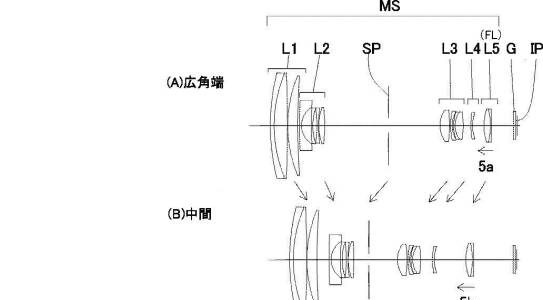
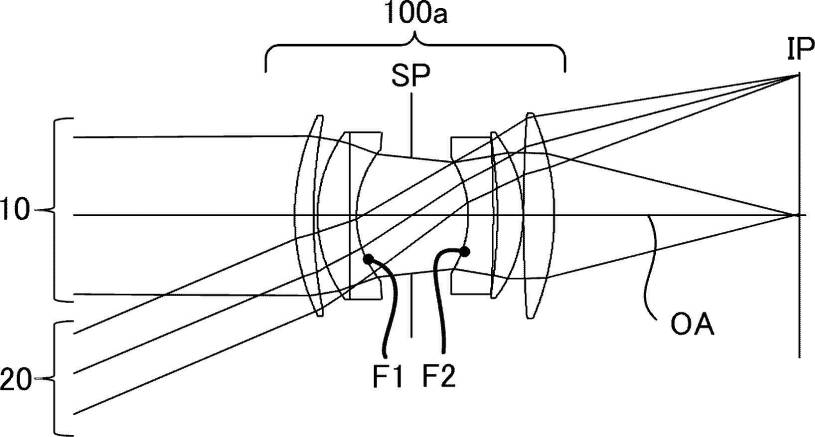
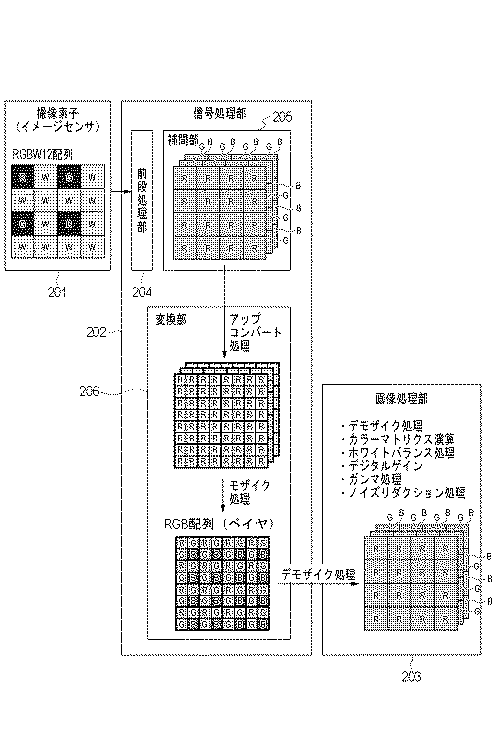 Canon patent for an RGWB image sensor.
Canon patent for an RGWB image sensor.